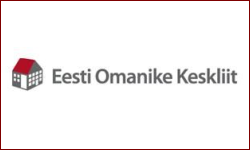 In Tallinn, affordability rose by 4.9 points in the third quarter of this year compared with the same period in 2014, mainly due to a 7.9% rise in net wages, which was higher than apartment price growth for the first time since 2012.
In Tallinn, affordability rose by 4.9 points in the third quarter of this year compared with the same period in 2014, mainly due to a 7.9% rise in net wages, which was higher than apartment price growth for the first time since 2012.
In Riga, the HAI increased by 17.3 points, also mainly due to 8% higher wages, but slightly falling apartment prices also contributed.
In Vilnius, the HAI rose by 6.6 points because of a 39-basis – point decrease in interest rates and 3.8% higher wages.
The time needed to save for a down payment decreased by 2.5 weeks in Tallinn, to 29.7 months, and by 2 months and 2.5 weeks in Riga, to 25 months, but it remained at 36.4 in Vilnius.
The housing affordability index (HAI) is calculated for a family whose income is equal to 1.5 of average net wages with an average-sized apartment of 55 square meters. The HAI is 100 when households use 30% of their net wages for mortgage costs. When the HAI is at least 100, households can afford their housing, according to the established norm. The higher the number, the greater the affordability.

PDF: Housing Affordability Index for Baltics – December 2015













